menu
menu
Menu
cancel
- arrow_back_iosBacknavigate_nextpersonPersonal
- arrow_back_iosBacknavigate_nextdeveloper_guideCollectibles
- business_centerCompanies
- articleBlogs
- groupCommunities
- video_libraryVideos
- eventEvents
- psychology_altQuestions
- live_helpFAQ
